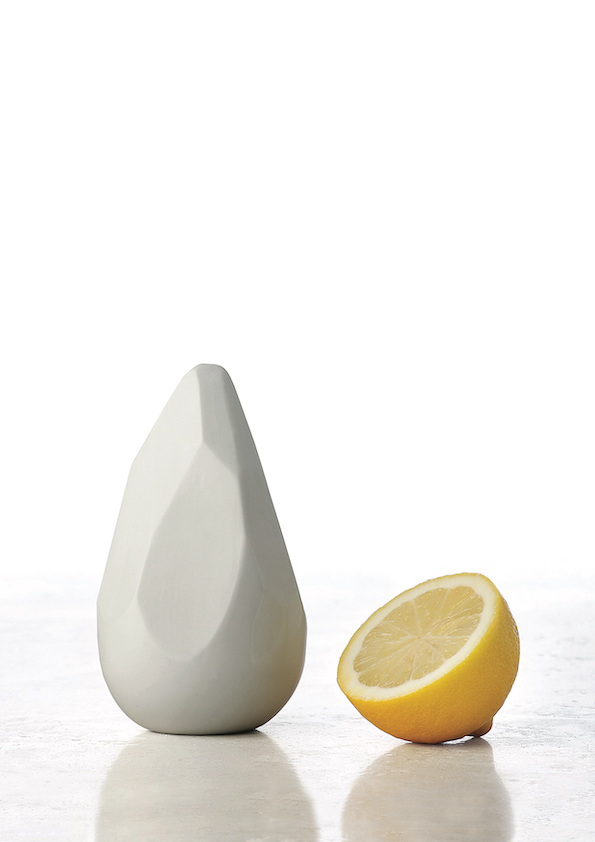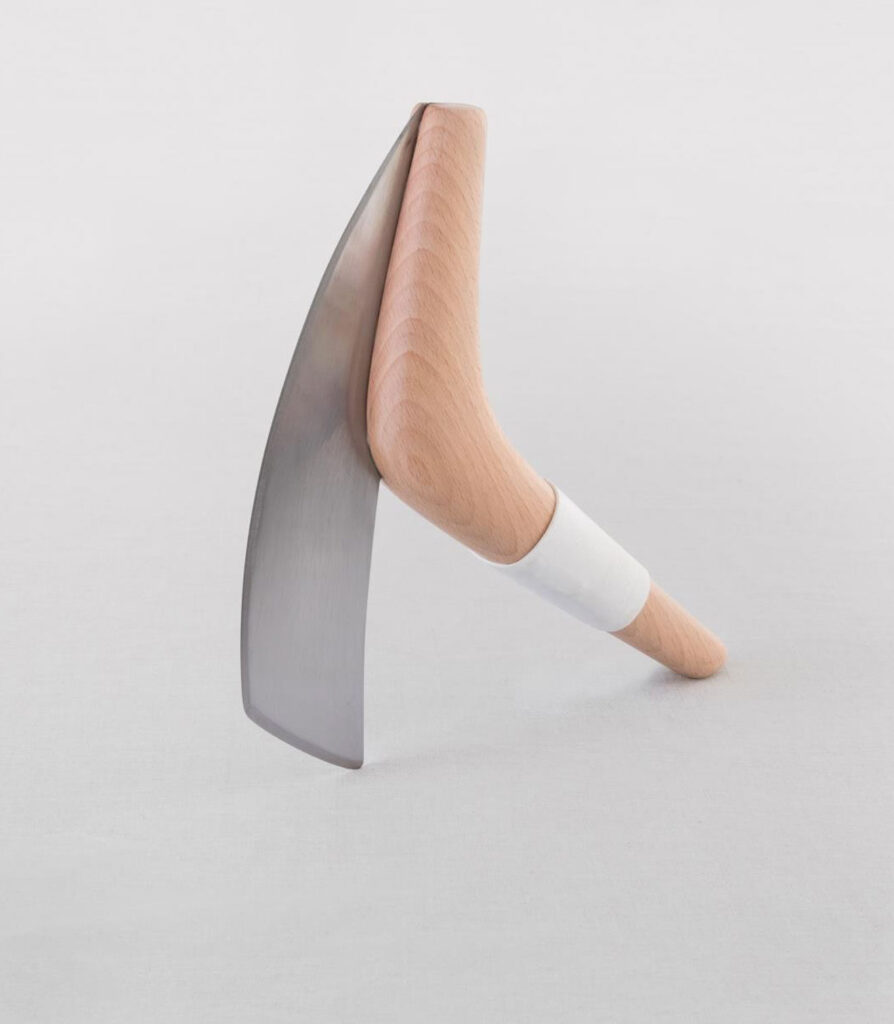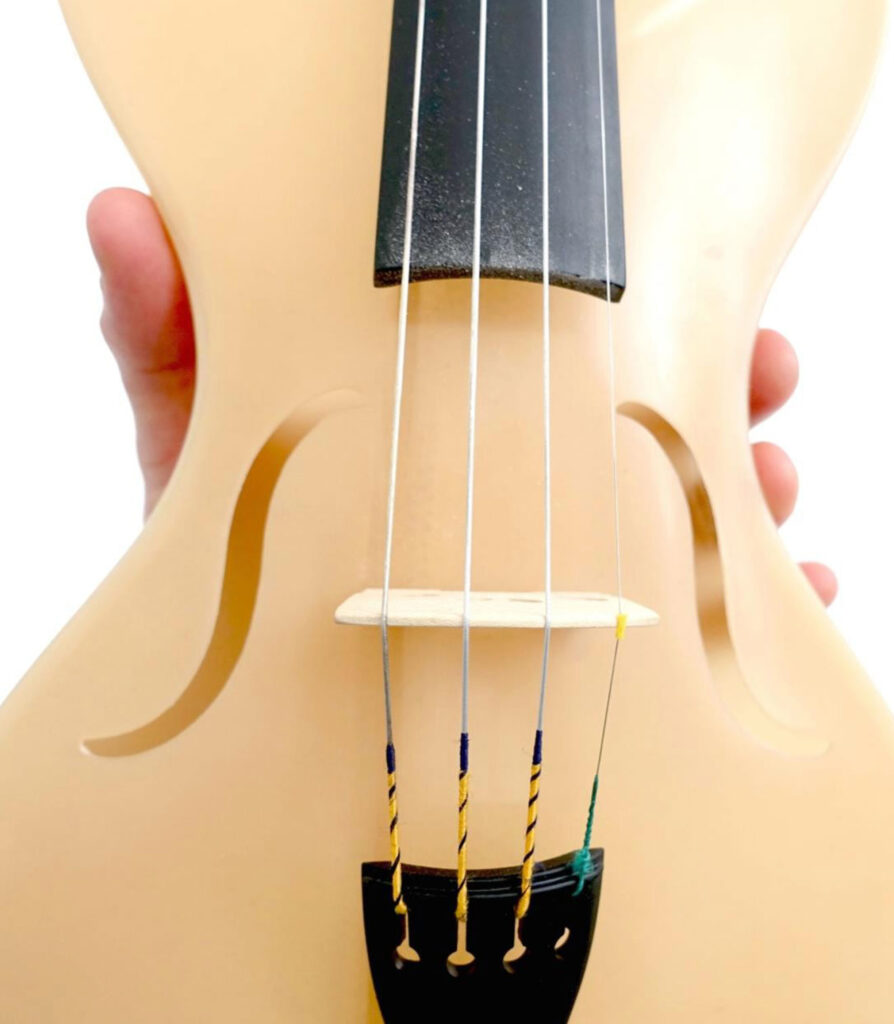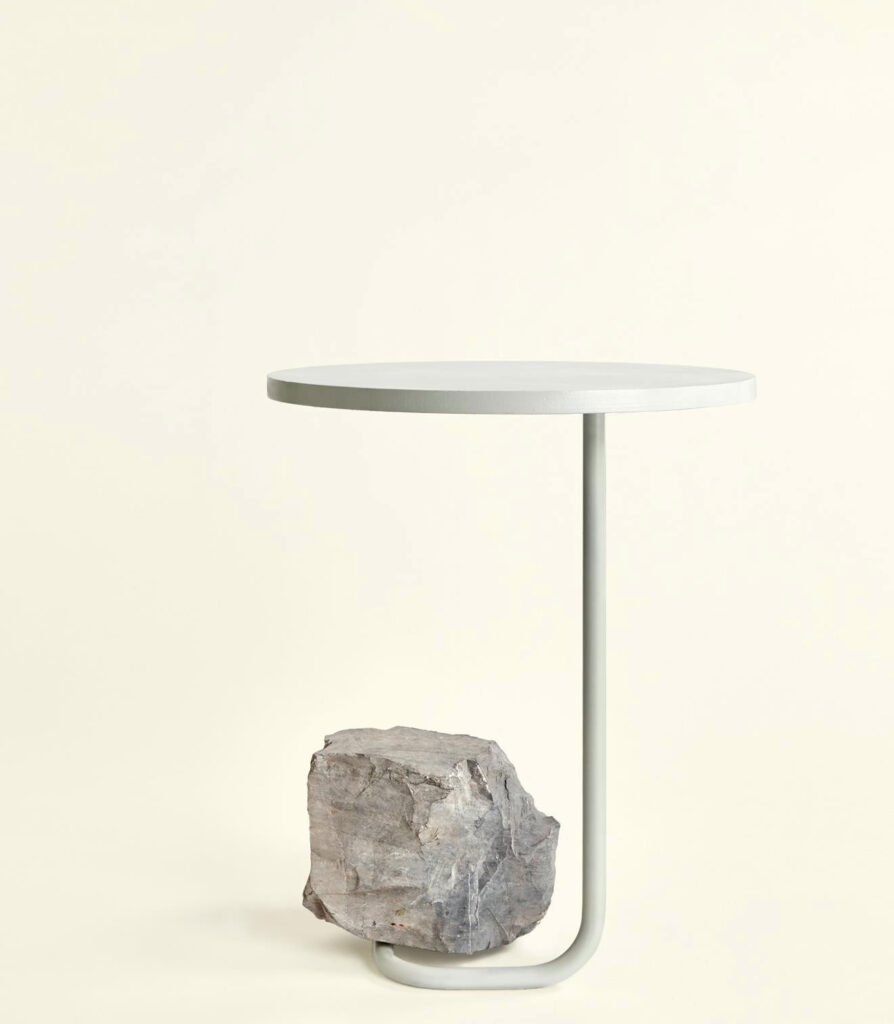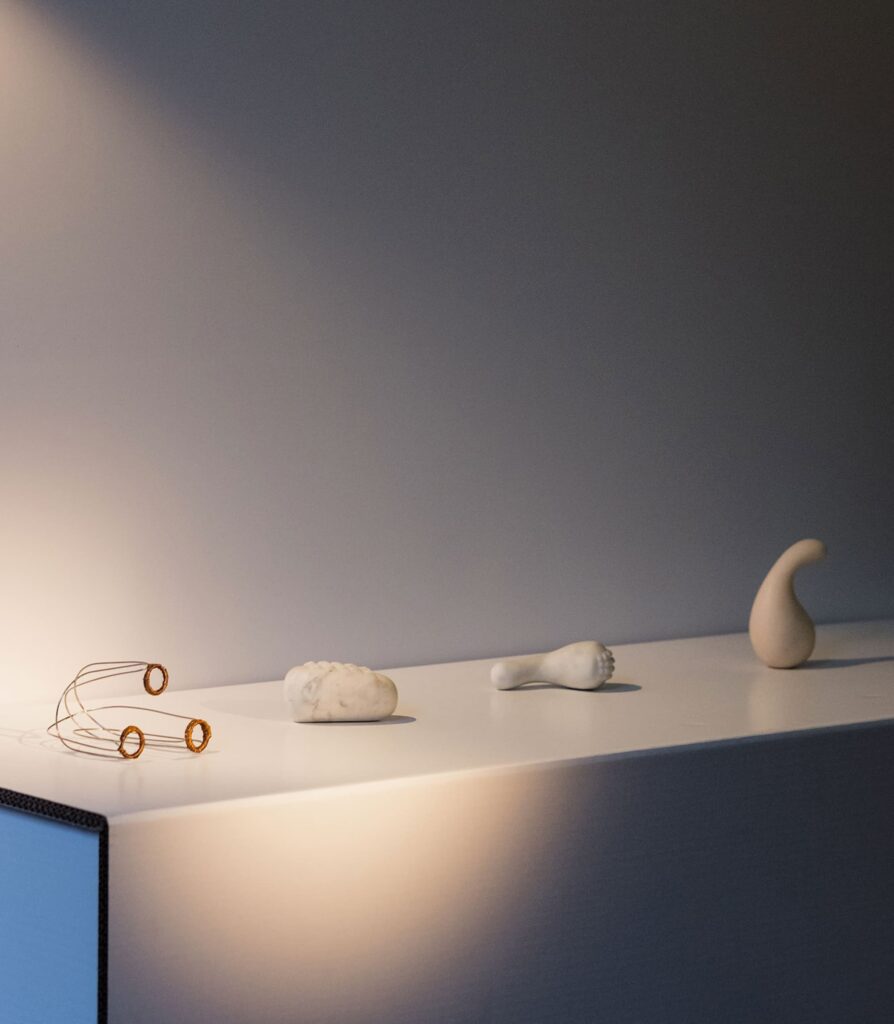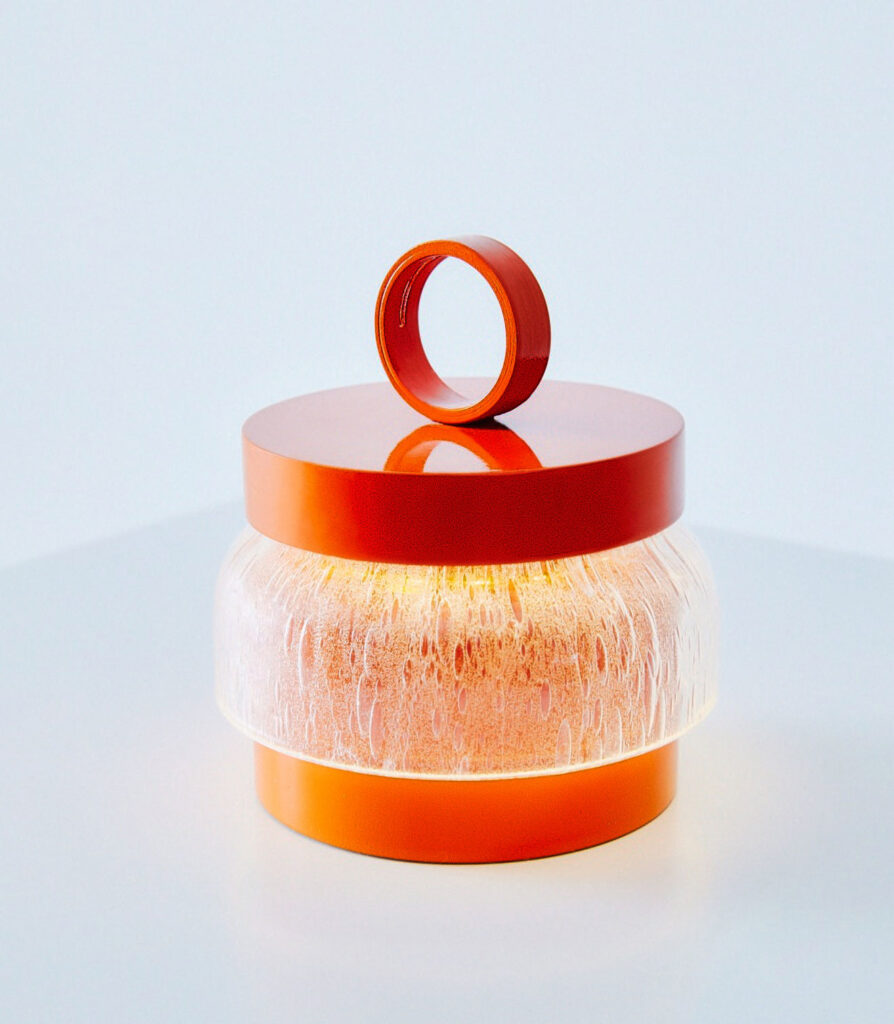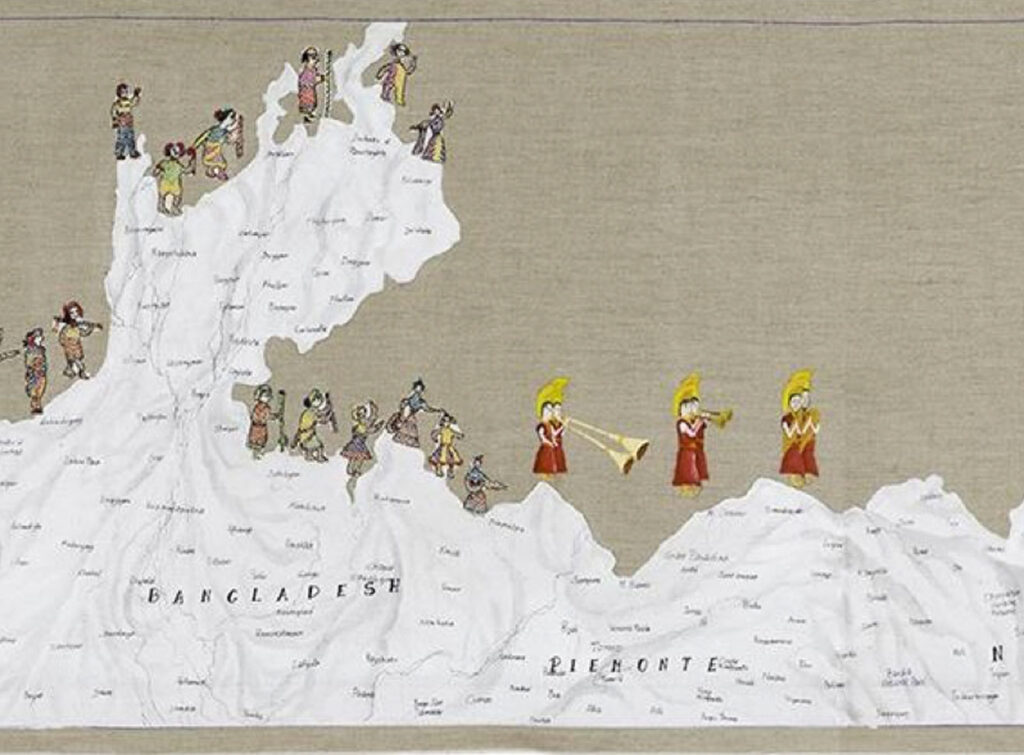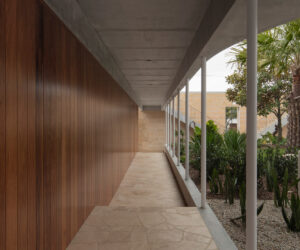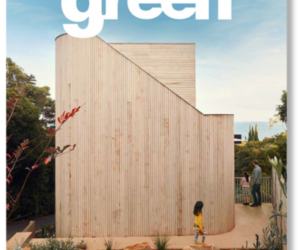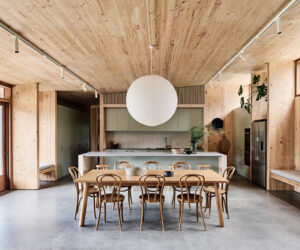Tools for After Design Exhibition – A Response to the Anthropocene
Tools For After (TFA), presented by The Italian Cultural Institute of Melbourne (IIC), has announced the TFA Design program, as part of its inaugural six-week program that celebrates Italian ingenuity and focuses on exploring innovative solutions for a sustainable future.
Tools For After Design is part of a major exhibition at Fitzroy Town Hall from 14 September – 10 October focusing on the innovation of design culture in Italy. The exhibition is divided into four thematic sections across mediums of film, visual art, and talks.
- LYFE: Objects such as animals, plants, organic and living forms.
- PALEO: The charm of the prehistoric period that is permeating the contemporary world.
- TOOLS: Invention, strategies, other materials.
- MAPS: Possible paths for the new project.
The exhibition features over 50 carefully selected objects from the latest generation of designers, showcasing their proposals, materials, and strategies to face the future. In collaboration with several design schools, the exhibition is centred around the urgent questions posed by the topic: what action must we take in the Anthropocene era?
Maurizio Montalti, a renowned designer, researcher, entrepreneur, and educator will be guest speaker at TFA design. His work experimenting with new materials such as mushroom mycelium has been seen as he Museum of Modern Art in New York, Centre Pompidou in Paris, Design Museum in London, and Triennale in Milan.
TFA Design presents works in a series of ideas, technologies, and solutions through alternative materials in response to the Anthropocene era. Curated to showcase objects that look beyond, the exhibition invites audiences to rediscover Italian history through imagination and vision.
Among the many exhibits are CARAPACE VIDIAM by MHOX, an organic mask made with a 3d printer; SELCE (Flint) by Alessandro Gorla; Studio Algoritmo, born from a primitive gesture of squashing fruit on the stone; Anthropocéni by ZPS studio revisits the Inuit people’s archaic tools in a modern way; the silk violin by Luca Alessandrini made with spider silk which is five times stronger than steel and at the same time, being one of the strongest biomaterials in the world, is extremely elastic and according to experts, sounds better than a Stradivarius.
TFA Design will include the work of designers:
- Stefano Giovannoni
- Andrea Facchi
- Barbara Narici
- Pierangelo Caramia
- Michele Daneluzzo
- Oberto Maci
- Giuseppe Arezzi
- Guido Venturini
- GaetanoTaurisani
- Studio Algoritmo
- Matteo Zetti
- Topranin
- Guido Venturini
- Alessandro Gorla
- Gaetano Sandro
- Maurizio Castelvetro
- De Martin
- Francesca Parotti
- Carlo Pazienza
- ISIA Firenze
- TIP studio
- MHOX (Filippo Nassetti e Alessandro Zomparelli)
- Maurizio Montalti
- Selenia Marinelli
- Mogu s.r.l,
- Alessandra Tuseo
- Luca Alessandrini
- Marts Design Team
- Sovrappensiero Design Studio
- Edoardo Maccari
- Raffaele Marra
- Ali Zinati
- Francesca Nori
- Mauricio Cardenas Laverde
- Alessandro Gorla Luca Alessandrini
Tools For After is an important initiative aimed at generating a wider understanding of our current climate crisis, which depends on our ability to bridge the cultural gaps between countries, generations, and disciplines. The festival will also offer concrete solutions to prevent and face the scenarios that human impact on the climate crisis is preparing us for. The winning project in the Festival of Italian Creativity competition of the Italian Ministry of Foreign Affairs, Tools For After promises to be an exciting and engaging festival, bringing together experts, enthusiasts, and young minds to explore innovative solutions for a more sustainable future.
Festival co-presenters include City of Yarra (architecture design exhibition), RMIT Faculty of Art (cinema) and Co.As.It, the Italian Assistance Association (Literature).
TFA Design and Architecture
14 September – 10 October
Fitzroy Town Hall, 201 Napier Street, Fitzroy
Opening event – Thursday 14 September

